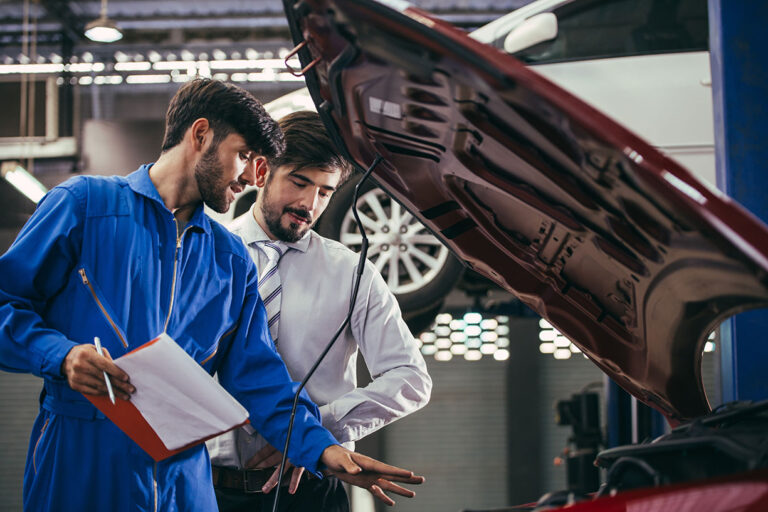It’s that time of the year: kids put their books in their backpacks and go back to school. That means parents everywhere need to go over certain rules and prepare their cars to drive in school zones. In this article, we’ll give you five tips for driving safely and five ways you can prepare your car for what’s coming.

Drive Safely
1. Respect The Speed Limits
It may feel frustrating to drive slower than usual, but there’s a reason for that: the slower you go, the faster you can stop your car if something unexpected happens. Children often forget about road safety, so adults have to be twice as careful when driving in a school zone, and always follow the posted signs. Driving rules for school zones exist for that reason!
2. Pay Twice As Much Attention
It’s not enough to drive slower than usual. You have to be more focused too. Many things happen in a school zone: parents driving, children having fun, teachers telling others what to do, and more. It’s easy to get lost when too much is happening – but you have to make an effort to focus when you’re driving.

1. Drive To The Designated Areas
Most schools have pick-up and drop-off areas. Make sure you drive to either one when it’s time to do so. You may feel like leaving your car elsewhere and crossing the street to school would be faster, but many buses and cars come and go all the time, so it can be dangerous to do that.
2. Remember School Zone Rules
You will find no parking areas, no stopping zones, and a few more rules when your kids return to school. Every school has its rules, and you must learn them by heart before driving there. These guidelines exist to make everyone get to school and back home safely.
3. Be Patient
It’s tempting to rush to your kids’ school when everyone else is driving slow – but don’t. Something as simple as passing other cars in a school zone is forbidden. Exercise patience and enjoy these moments you share with your kids until you drop them off and they get in the classroom.

Essential Car Maintenance To Be Prepared For Back To School
1. Checking Seat Belt And Door Locks
Most people forget about their seat belts and door locks when they do maintenance work on their car – and that’s not a good thing, especially if you’re driving with children. Yank your seat belts to see if they can take a good pull, and make sure doors remain closed after you lock them.

2. Making Sure Lights And Fluids Are Okay
Your car has too many lights and plenty of different fluids, and everything needs to be in perfect shape. First, take care of your car fluids: check and change them if necessary. Then, test every light your car has, so you can replace every broken or worn-down light bulb.

3. Paying Attention To Your Car Battery And Brakes
Speaking of lights, sometimes, you may have a perfect bulb but a weak light. That means it’s time to change your car battery. Batteries are good until you reach the three-year mark. After that, it’s only a matter of time before you have to replace it. If that sounds like you, let a mechanic do it! While you’re at it, ask them to check your brakes.
4. Noticing The Small Stuff
After you deal with the important things, turn your eye to the small stuff. We often forget things like heating and air conditioning, but they are a lifesaver once you need them. A few things are essential but often overlooked, like replacing your wiper blades after six months.
5. Preparing Yourself For Anything Else
We all want to have a safe, boring trip to school and back – but sometimes, things happen. You must be ready for the unexpected by having an emergency kit, jumper cables, and basic tools in your car. For anything else, having vehicle protection services will be more than enough.
No matter what class of vehicle you drive, extend its life now. Explore today our car protection plans and coverages at Auto TechGuard and reach out to one of our agents; indeed, you’ll find one that meets your expectations.

